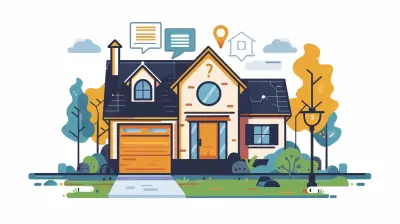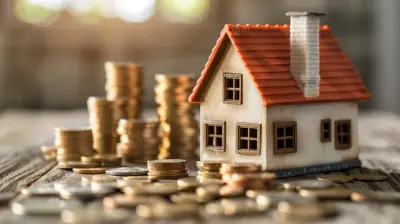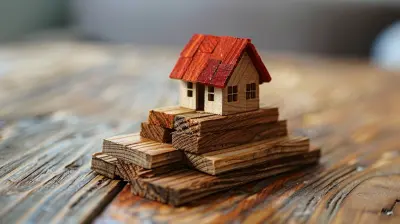How to Choose the Perfect Location for Your Tiny Home
1 August 2025
So, you’ve decided to embrace the tiny home lifestyle—congratulations! Whether it’s about financial freedom, sustainability, or just simplifying your life, choosing the right location for your tiny home is just as important as designing the home itself.
Where you park (or build) your tiny home will impact your quality of life, legal standing, and even your resale value. But with so many factors to consider, how do you narrow down the ideal spot? Don't worry—I’ve got you covered!
Let's dive into the key things you need to think about when picking the perfect location for your tiny home. 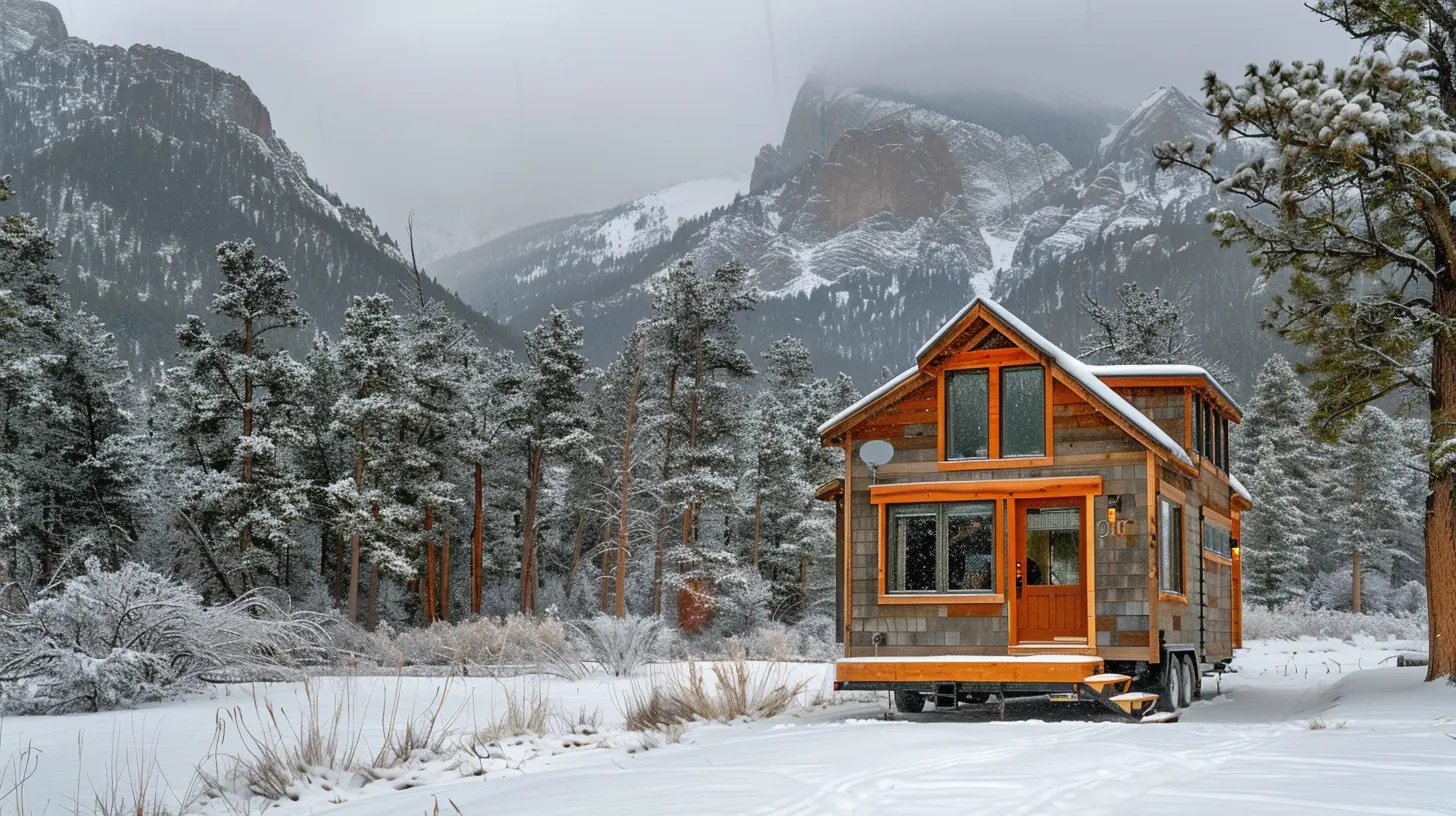
1. Understand Tiny Home Laws and Regulations
Before you get too attached to that dream location, you need to check out the legal stuff. Tiny homes exist in a gray area in many places, and zoning laws vary widely from one city to the next.Where Can You Legally Park a Tiny Home?
There are generally three main options for tiny home locations:- RV Parks and Tiny Home Communities – These areas welcome tiny homes, often offering hookups and a like-minded community.
- Backyards (Accessory Dwelling Units - ADUs) – Many homeowners place tiny homes in their backyard as a rental unit or guest house.
- Rural Land – If you prefer total independence, buying land in a rural area could be the best choice.
Check Local Zoning and Building Codes
Some places classify tiny homes as RVs, while others treat them as permanent dwellings. You'll need to check:- Minimum square footage requirements (some areas have them!)
- Utility and septic system regulations
- Land use restrictions
Ignoring these rules could leave you with costly fines or even force you to relocate. No one wants that headache! 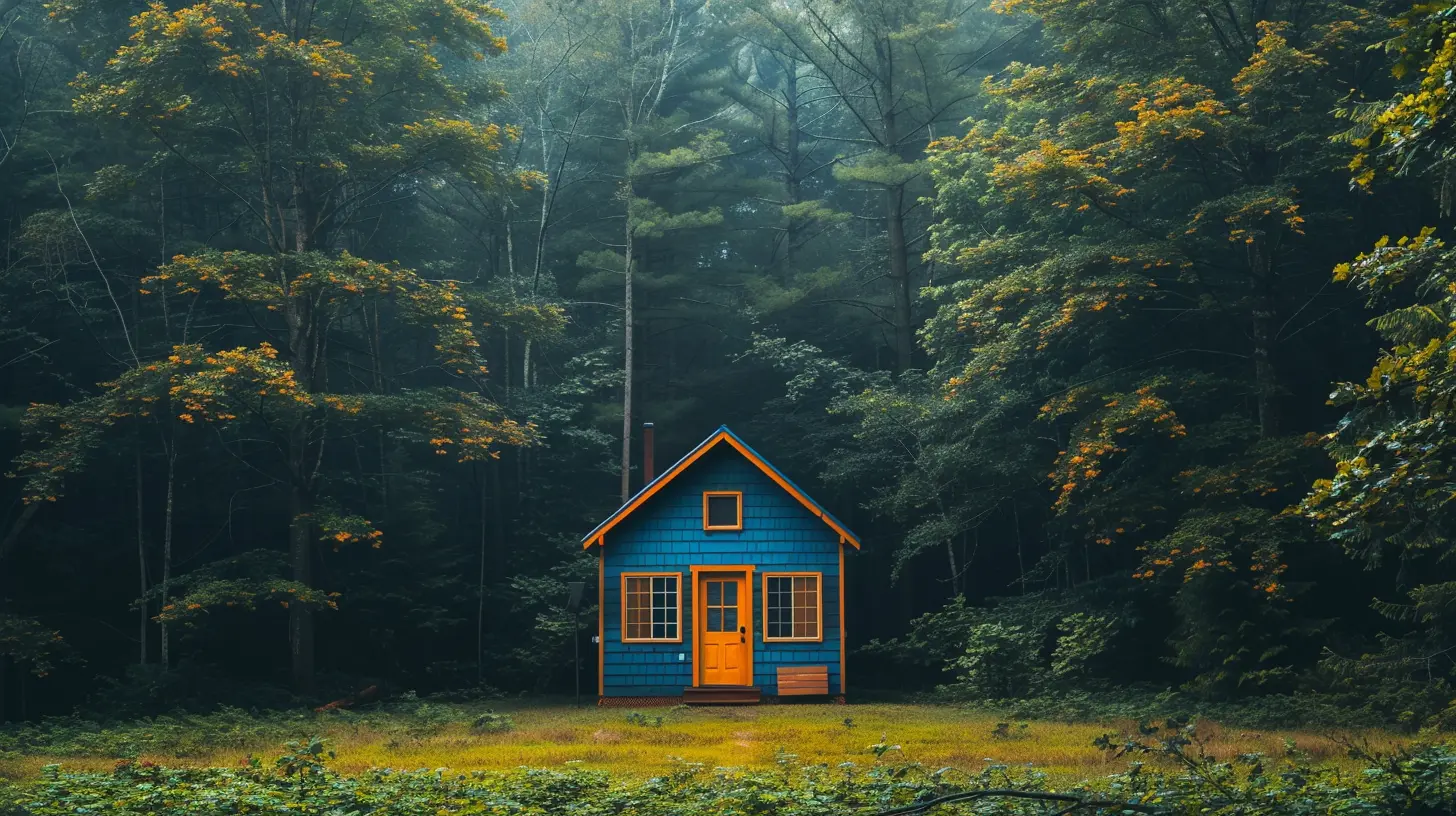
2. Consider Climate and Weather Conditions
When choosing a spot for your tiny home, the climate matters a lot. A tiny home might be cozy, but it won’t be fun if you're sweating in the summer or freezing in the winter.Extreme Weather Risks
Think about:- Hurricanes & Tornadoes – If you're in storm-prone areas, secure anchoring systems are a must.
- Heavy Snow & Cold Winters – Insulation, heating solutions, and water pipe protection will be crucial.
- Dry, Fire-Prone Areas – Some regions are wildfire hotspots, so fire-resistant materials and defensible space are good ideas.
Ideal Year-Round Conditions
If you want seasonal comfort with minimal energy use, look for areas with mild temperatures. Proper placement—like positioning your home to take advantage of natural shade or sunlight—can help reduce heating and cooling costs.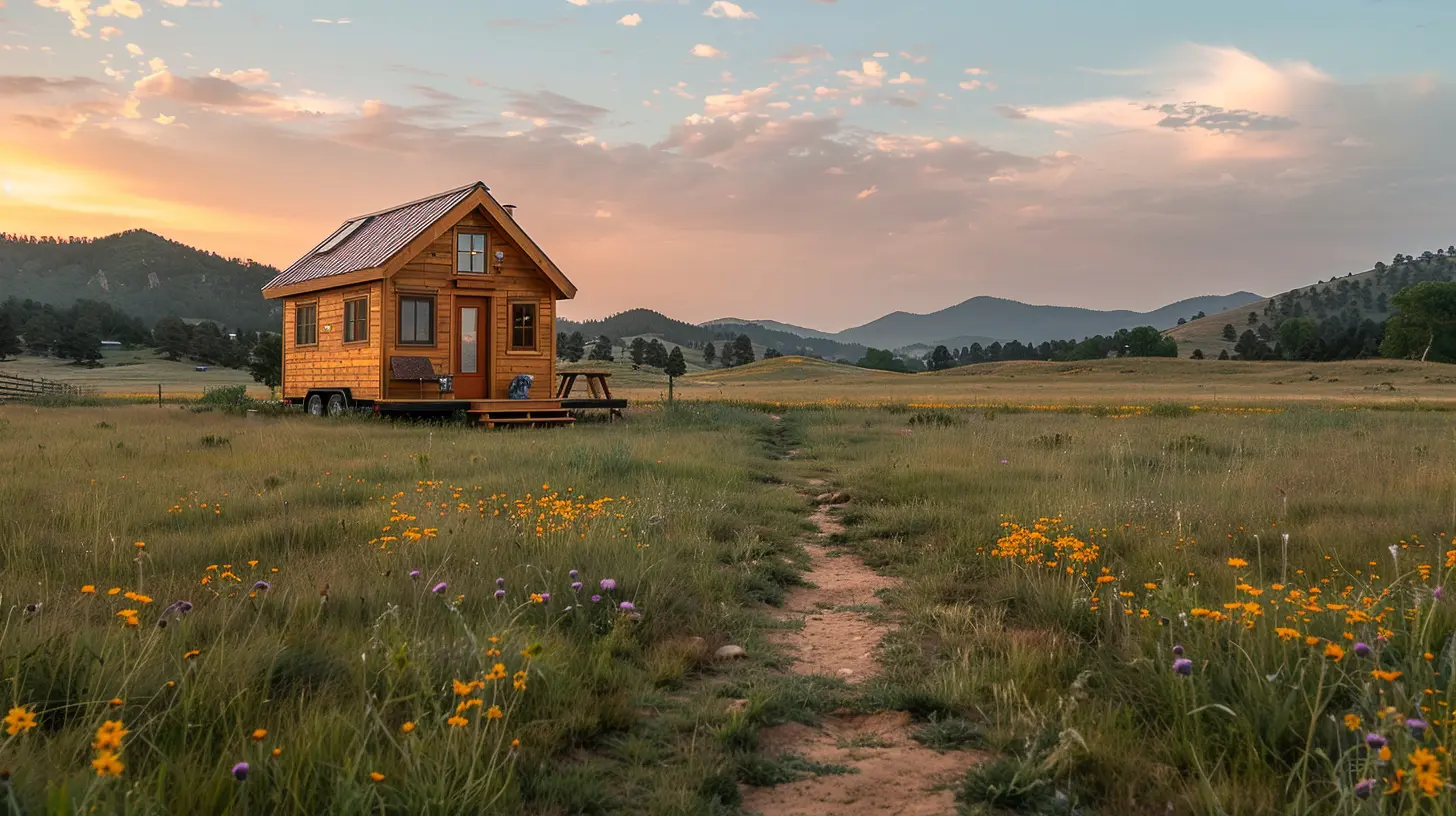
3. Accessibility and Convenience
Sure, living off the grid sounds cool in theory, but ask yourself—how far are you willing to drive for groceries, medical care, or work?Proximity to Essentials
Consider how close you want to be to:- Grocery stores and farmers' markets
- Schools (if you have kids)
- Healthcare facilities
- Your workplace or remote job-friendly internet
If you work from home, reliable high-speed internet is essential. Rural areas often struggle with good connectivity, so double-check before you commit.
Road Access and Transportation
A beautiful mountaintop view is fantastic—until you realize it takes 45 minutes of bumpy dirt roads to get to civilization. If you plan to move your tiny home often, easily accessible roads are a must.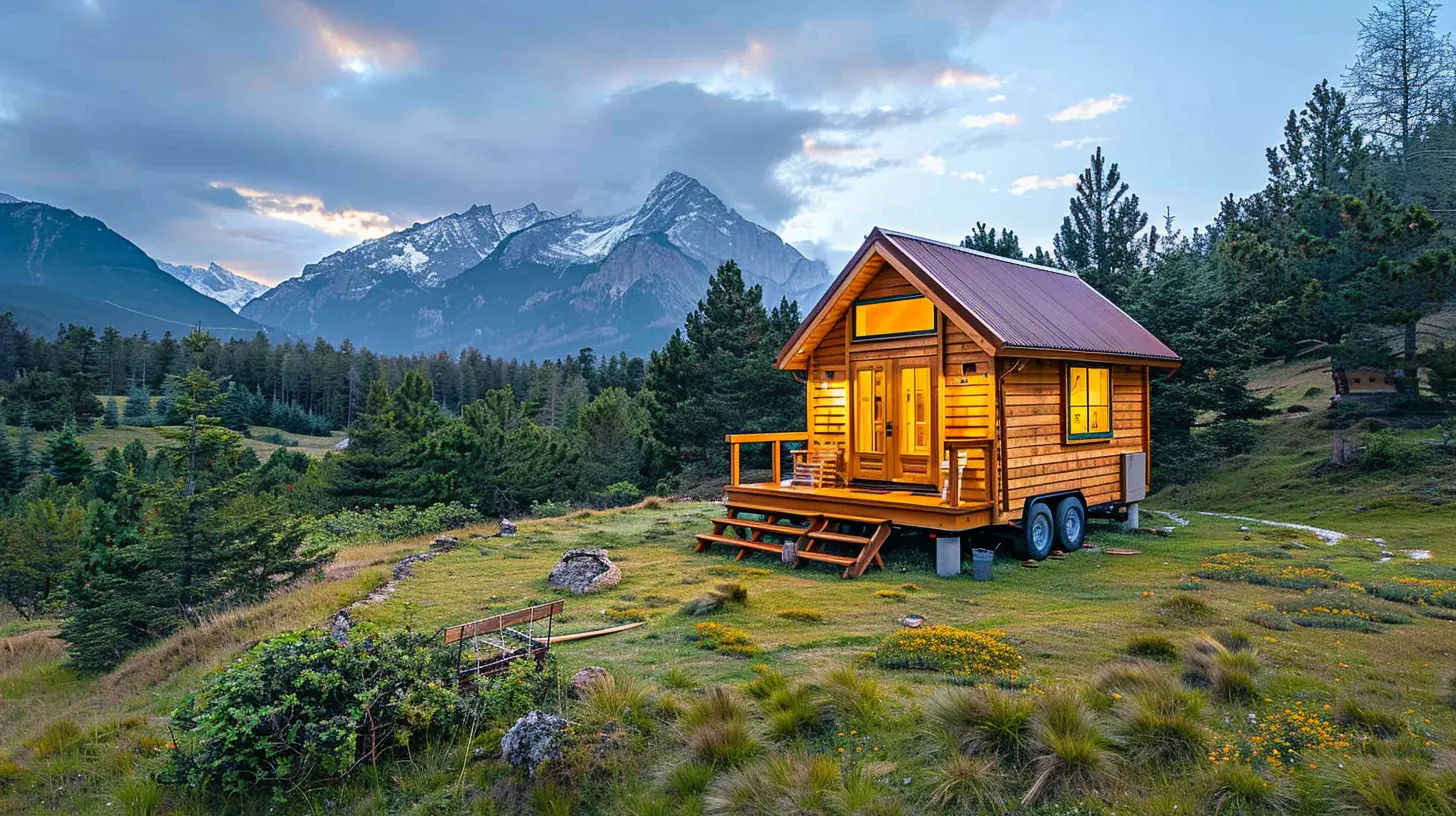
4. Utilities and Off-Grid Considerations
What kind of lifestyle do you want—hooked up to city water and power or fully off-grid and self-sufficient?Utility Hookups
If you're in a residential neighborhood or tiny home community, utilities like electricity, water, and sewage should be easy to access. But if you’re in a rural setting, you’ll need to think about:- Water Sources – A well, rainwater collection, or access to city water.
- Power Options – Grid connection, solar panels, or generators.
- Waste Management – Septic systems, composting toilets, or public sewage connections.
Going Off-Grid?
If off-grid living excites you, make sure you have a solid plan for power, water, and waste. Solar panels, rainwater harvesting, and composting toilets help, but remember—living off-grid requires extra planning and effort.5. Community and Lifestyle Compatibility
Are you a social butterfly, or do you crave solitude? Your ideal location should match your lifestyle and personality.Tiny Home Communities
Pros:✔ Built-in community
✔ Often have amenities and utilities
✔ Generally tiny home-friendly
Cons:
✘ Rules and restrictions may apply
✘ Less privacy
Rural or Private Land
Pros:✔ Complete freedom
✔ Peace and quiet
✔ More space for gardening/livestock
Cons:
✘ More responsibility for maintenance
✘ Potential for isolation
✘ Higher upfront costs for utilities
Choose what aligns with your values and lifestyle. If a thriving social scene is important to you, a rural cabin might not be the best fit.
6. Cost of Living and Property Taxes
Even though tiny homes are more affordable than traditional houses, location still impacts overall expenses.Land Prices
Urban areas are generally more expensive, while rural spots offer larger, cheaper lots. Some cities are tiny-home-friendly with special zoning allowances, but you’ll pay a premium for convenience.Property Taxes and Fees
Even if you own the land, taxes still apply. And if your tiny home is classified as a permanent dwelling, you could owe yearly property taxes. If it's on wheels, you might only have to register it like an RV.Utility and Maintenance Costs
Living in a colder region? Expect higher heating costs. Rural property? Factor in well and septic maintenance. Look beyond just the land purchase price—ongoing expenses matter, too!7. Future Resale and Investment Potential
Sure, you love the spot now, but what if you decide to sell your tiny home later?Will Your Location Attract Future Buyers?
Not all tiny home locations hold their value. A great location should have:- High demand for tiny homes (some areas actively encourage them!)
- Good resale potential
- Basic infrastructure for future buyers
Even if it’s your dream spot, think long-term. The more flexible your location, the easier it'll be to sell if you ever decide to move on.
Final Thoughts
Finding the perfect location for your tiny home isn’t just about what looks nice on Instagram. It’s about legality, convenience, lifestyle, and long-term livability.Ask yourself:
- Is it legal for a tiny home?
- Does the climate suit my needs?
- How far am I from essentials?
- Can I get utilities easily?
- Does this location align with my lifestyle?
- Will this investment hold its value?
By answering these questions, you'll be well on your way to securing the ideal spot for a happy and stress-free tiny home life.
So, where will your tiny home adventure take you?
all images in this post were generated using AI tools
Category:
Tiny HomesAuthor:

Kingston Estes
Discussion
rate this article
1 comments
Olivia McKnight
Great tips! Location really makes a tiny home shine!
August 11, 2025 at 4:03 AM

Kingston Estes
Thank you! I'm glad you found the tips helpful. The right location truly enhances the tiny home experience!
